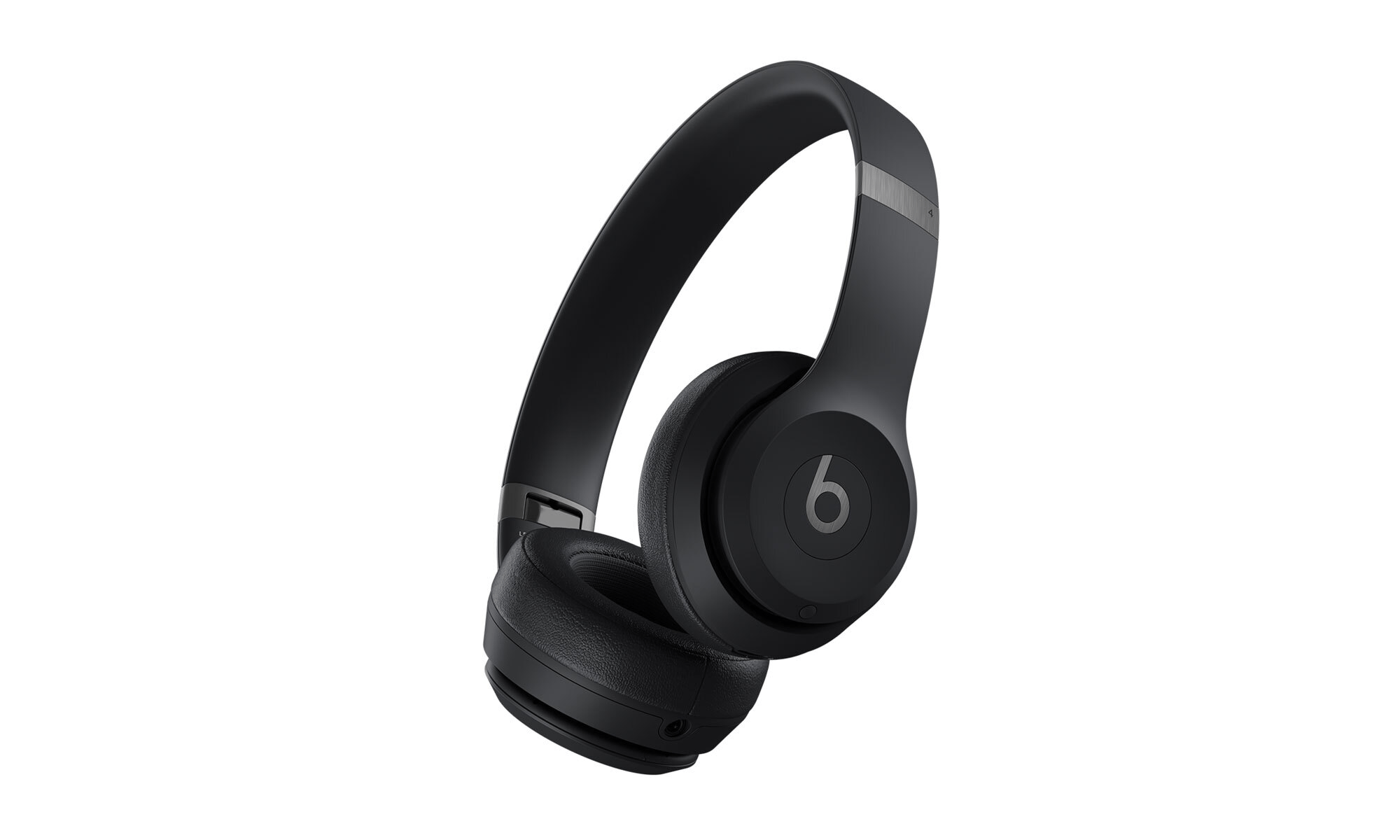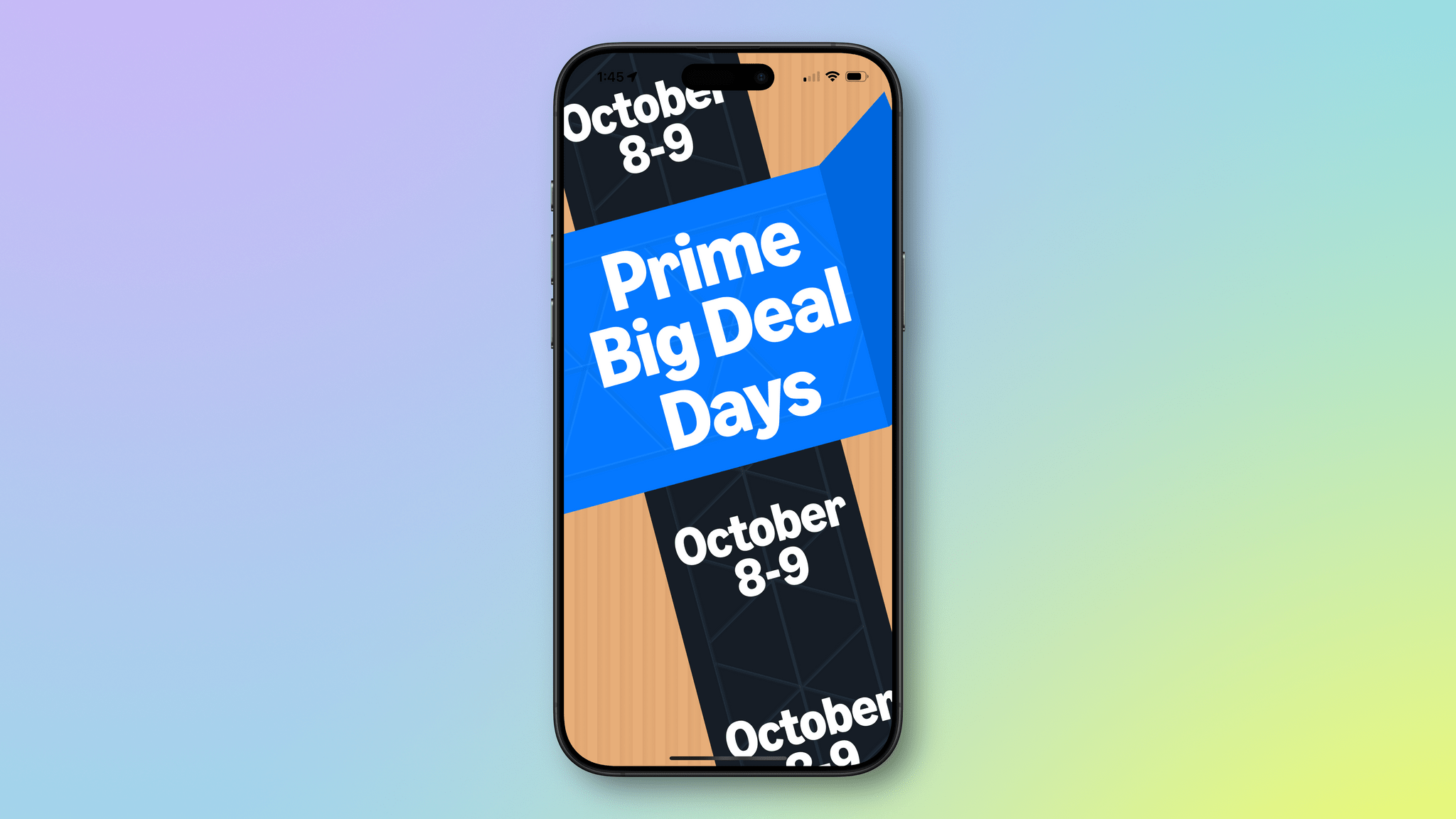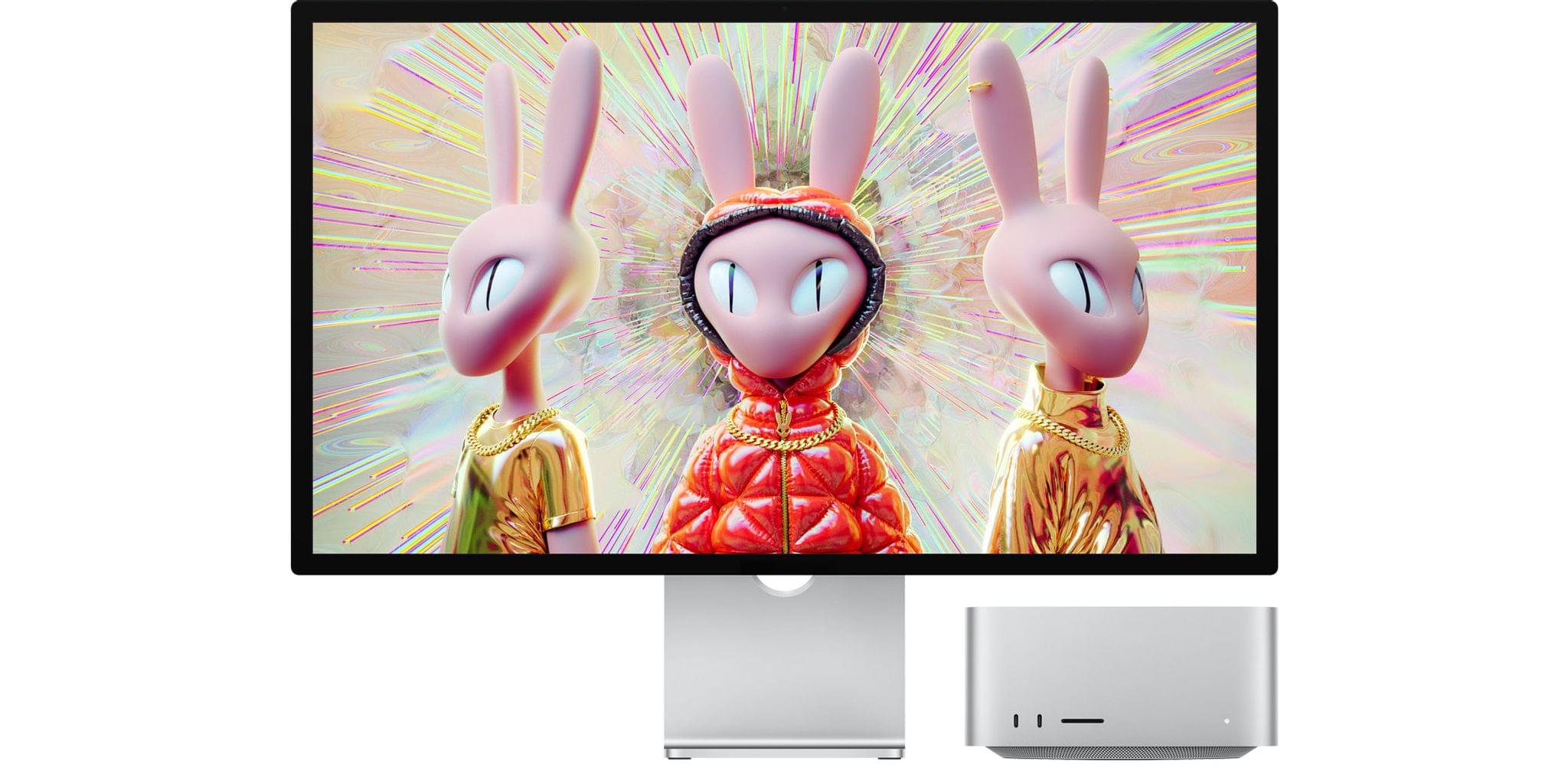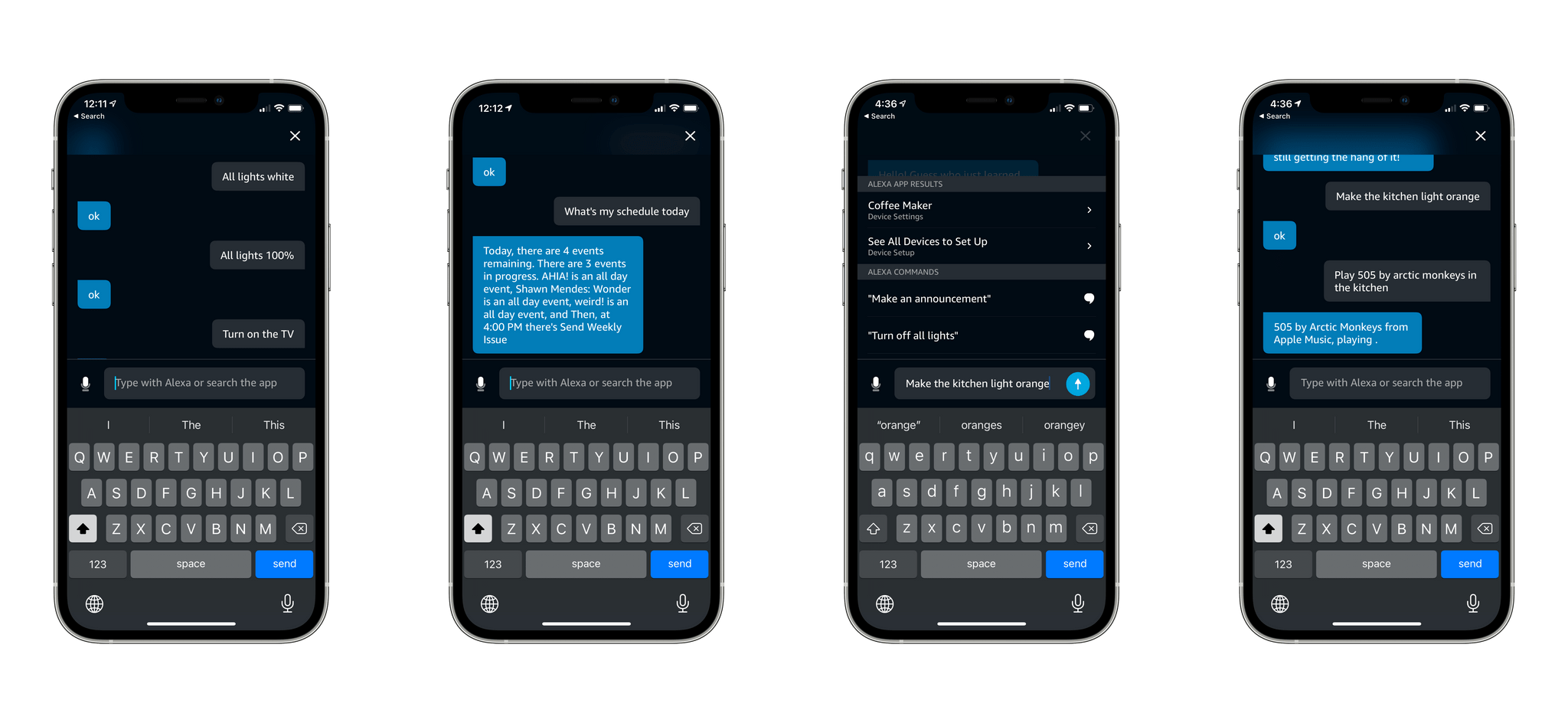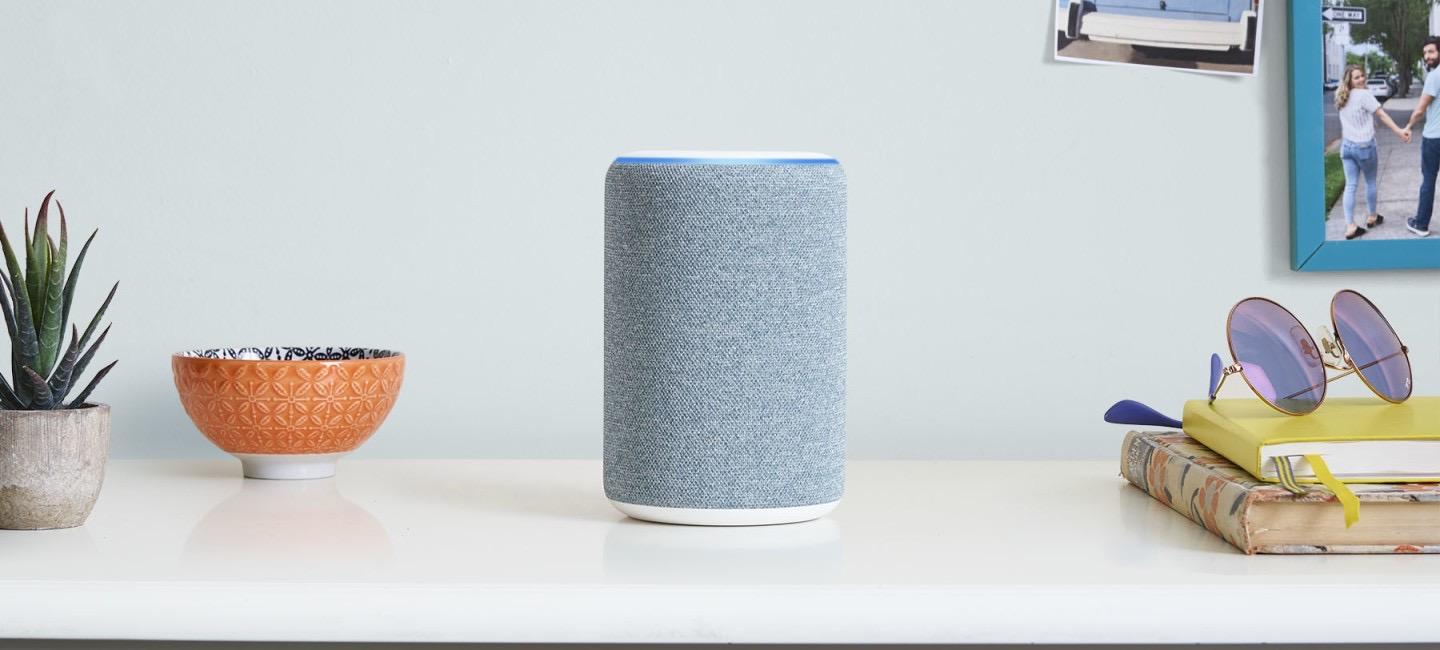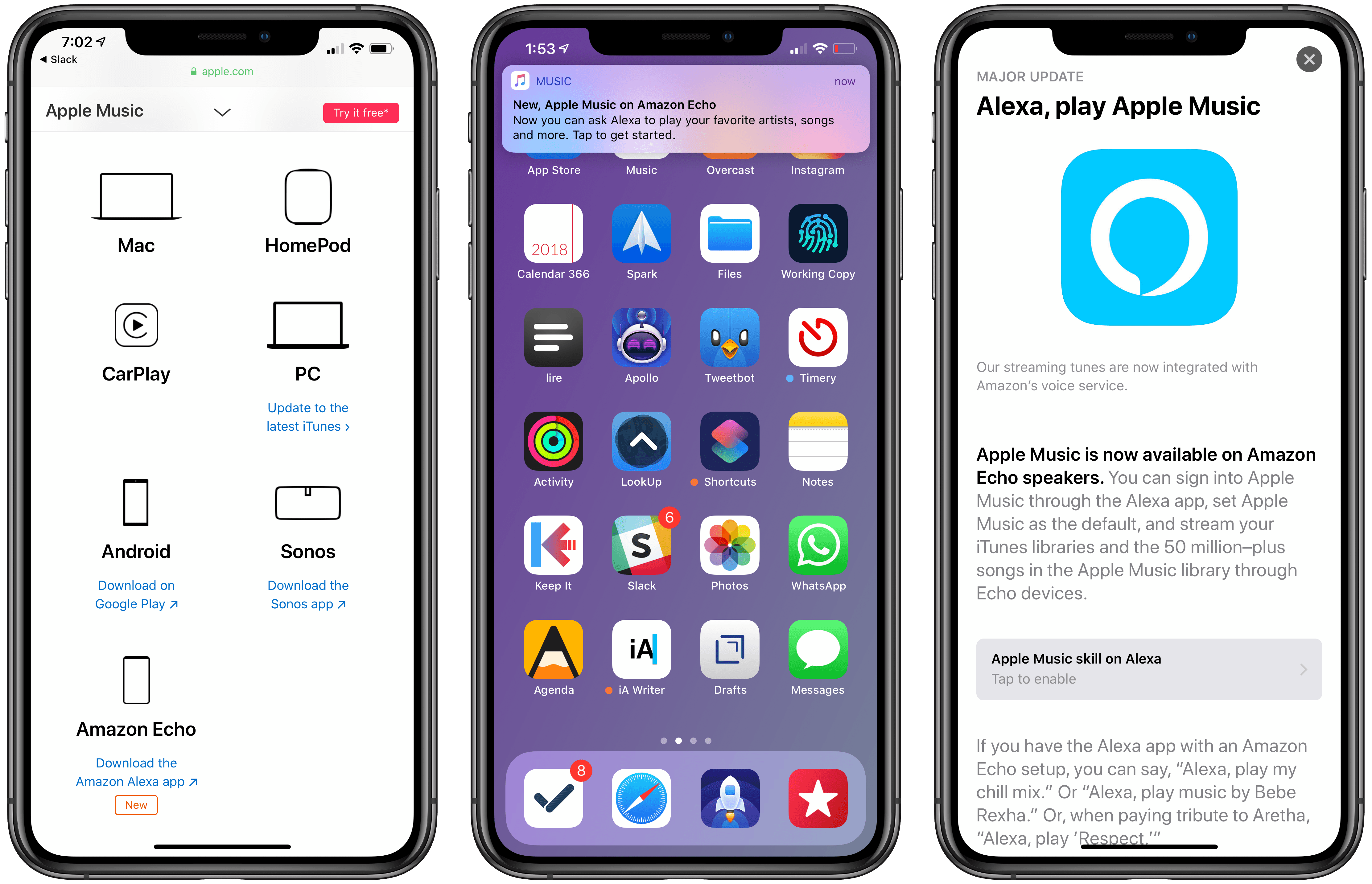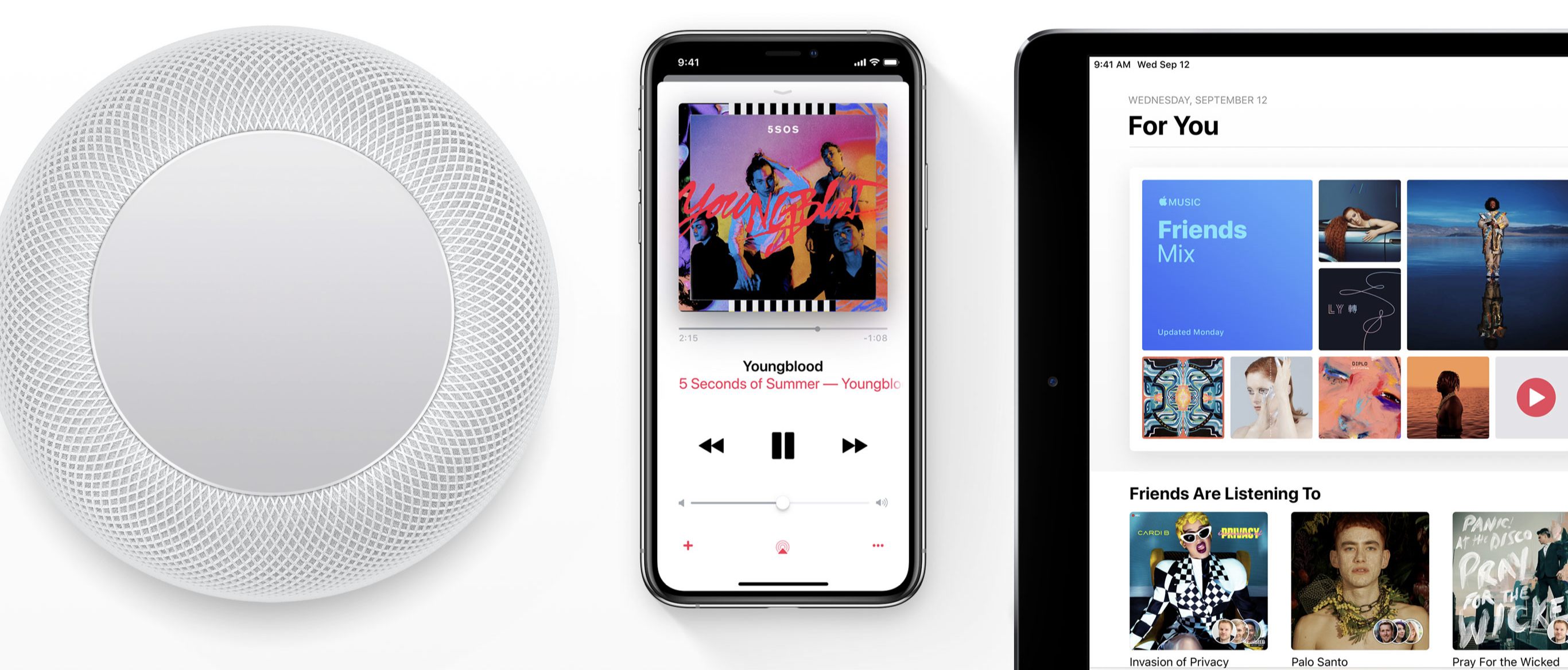There’s a lot on sale during Amazon’s weeklong Black Friday event. I’ve been combing through the deals and found some great gadget buys, which I’ve summarized below. For even more deals, Club MacStories+ and Premier members should visit our Black Friday Discord channel, where members are sharing the deals they find throughout the week, too.
Apple and Beats Hardware
Apple AirPods Pro 2 (32% off)
This isn’t quite the best deal I’ve seen on AirPods Pro 2, but it’s close. With Apple’s new hearing protection and assistance features, the AirPods Pro 2 are more capable than ever, so it’s a good time to refresh an aging pair or pick up your first.
Apple AirTag Four-Pack (26%)
I have AirTags on my luggage, on my backpack, and in my glasses cases. Amazon’s Black Friday deal is one of the lowest prices for a four-pack that I’ve seen.
Apple Watch Series 10 (18% off)
It’s wild to me that the Apple Watch Series 10 is already 18% off on Amazon, which is the best deal available since the wearable’s launch according to CamelCamelCamel. I’m sticking with my OG Apple Watch Ultra, but the Series 10 is tempting at this price.
Beats Solo 4 (50% off)
Beats is going all out for Black Friday with 50% off the Solo 4 headphones in various color. I haven’t used either model myself, but Devon recently reviewed the Beats Solo 4 in the Club MacStories Monthly Log. I’m a fan of the Beats Fit Pro, which I’ve been using for about a year whenever I run outdoors; unfortunately, the Fit Pro model isn’t on sale this week.




